Kerry makes historic visit to Hiroshima
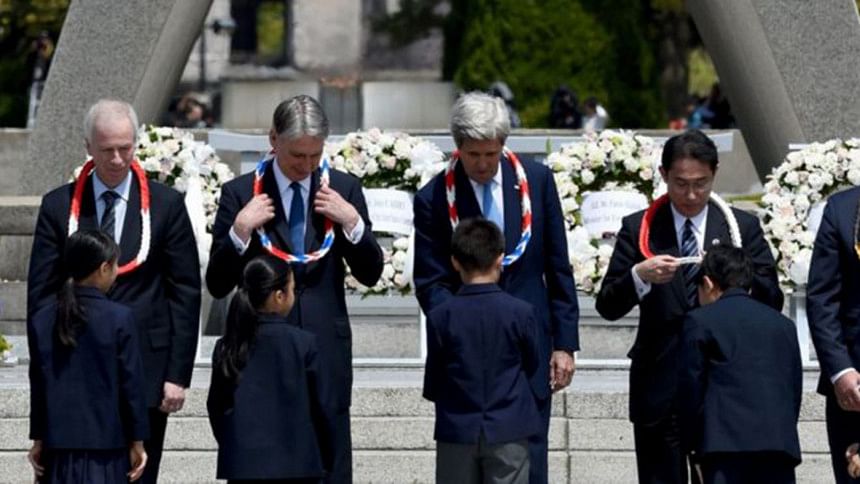
The US Secretary of State said his visit to the Japanese city of Hiroshima was a "gut-wrenching" reminder of the need to get rid of nuclear weapons.
John Kerry made the comments at a press conference after laying a wreath at the city's atomic bomb memorial.
He is the first US secretary of state ever to visit the memorial or the city.
Around 140,000 people, most of them civilians, were killed when the US dropped its atomic bomb on the city in 1945.
Describing it as "a display that I will, personally, never forget" he said: "It reminds everybody of the extraordinary complexity of choices in war and of what war does to people, to communities, to countries, to the world."
Kerry was joined by foreign ministers from the G7 group of nations who are holding talks in the city. They laid wreaths at the memorial and observed a minute of silence.
As well as the Hiroshima Peace Park memorial, the ministers also visited the Bomb Dome, over which the A-bomb exploded, and the nearby Hiroshima museum, which tells the personal stories of people who died.
What happened in Hiroshima?
At 08:10 local time on 6 August 1945, the US B-29 bomber the Enola Gay dropped a uranium bomb nicknamed "Little Boy" on Hiroshima. It exploded 600m (1,800ft) above what is now the Hiroshima Peace Dome.
About 70,000 people died immediately. At least 140,000 people had died by the end of the year through injury and the effects of radiation.
The bombing, and a second bomb dropped on Nagasaki three days later, forced Japan to surrender, initiating the end of World War Two.
Why is Kerry's visit significant?
The US Speaker of the House of Representatives Nancy Pelosi visited Hiroshima in 2008, but US diplomats have largely avoided official visits.
Many in the US believe the bombing was necessary to end the war, and do not want their leaders to take any action which might be seen as an apology.
Kerry previously said his time in Hiroshima would "revisit the past and honour those who perished" but stressed that his trip was "about the present and the future".
It also comes amid efforts to strengthen the relationship between the US and Japan, particularly with growing concern about China's assertiveness in territorial disputes in Asia, affecting Japan and other US allies.
Could it lead to further visits?
President Barack Obama is attending a G7 leaders' summit elsewhere in Japan in May, and there are reports he is considering a stop in Hiroshima.
If it happens, it will be the first time a sitting US president visits Hiroshima.

 For all latest news, follow The Daily Star's Google News channel.
For all latest news, follow The Daily Star's Google News channel. 


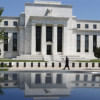
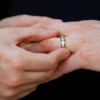
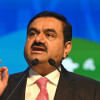
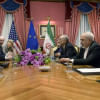


Comments